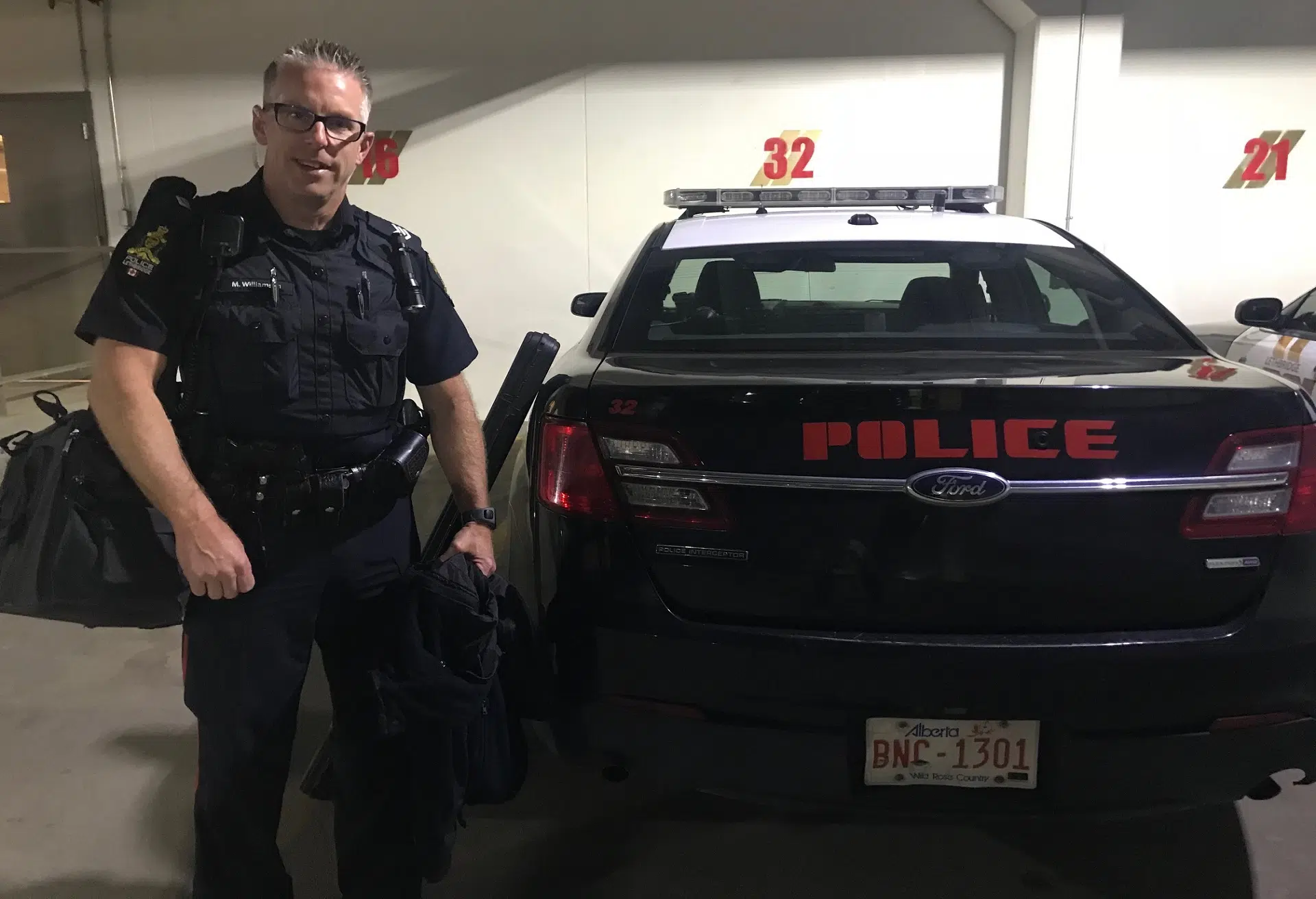
Lethbridge after dark: An LPS ride-a-long experience
LETHBRIDGE – It’s 7 p.m. on a Friday night, and after several months of planning, the Lethbridge Police Service has approved my request to go on my first police ride-a-long in the city.
I waited in the lobby of the LPS headquarters to meet Acting Sergeant Mike Williamson who I would be going with that evening. I brought a camera with me, my recording equipment, a notepad and anything else I thought I might need to get through the evening.*
I’ve been on ride-a-longs before, with RCMP in northern Alberta and with EMS in Saskatchewan, but I was anxious to see what happened on a given night in this city of nearly 100,000.
Williamson greeted me around 7:30 p.m., telling me that he had just finished meeting with his officers prior to heading out on shift. His shift was 12 hours long, and I was welcome to stay for as long as I’d like.


